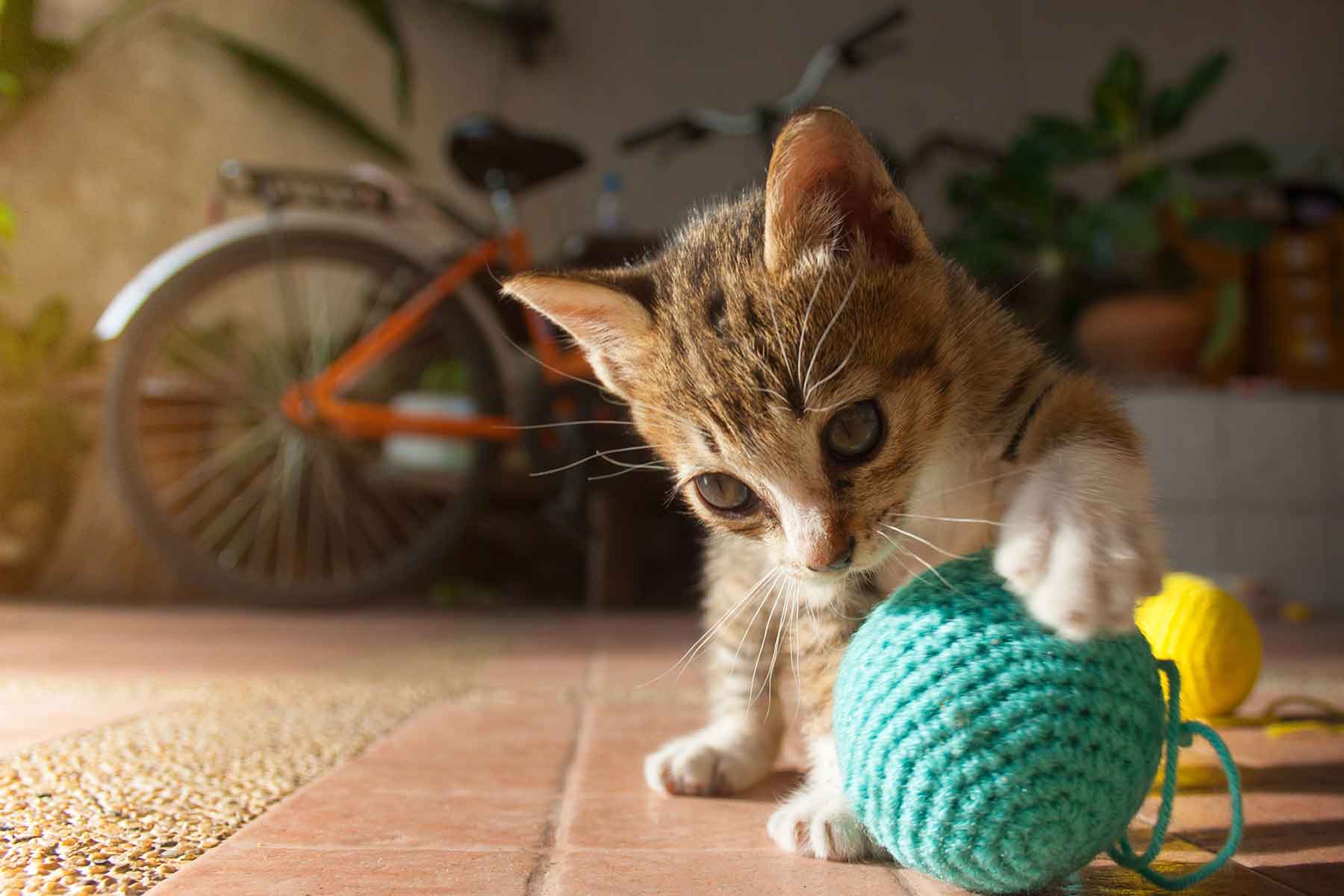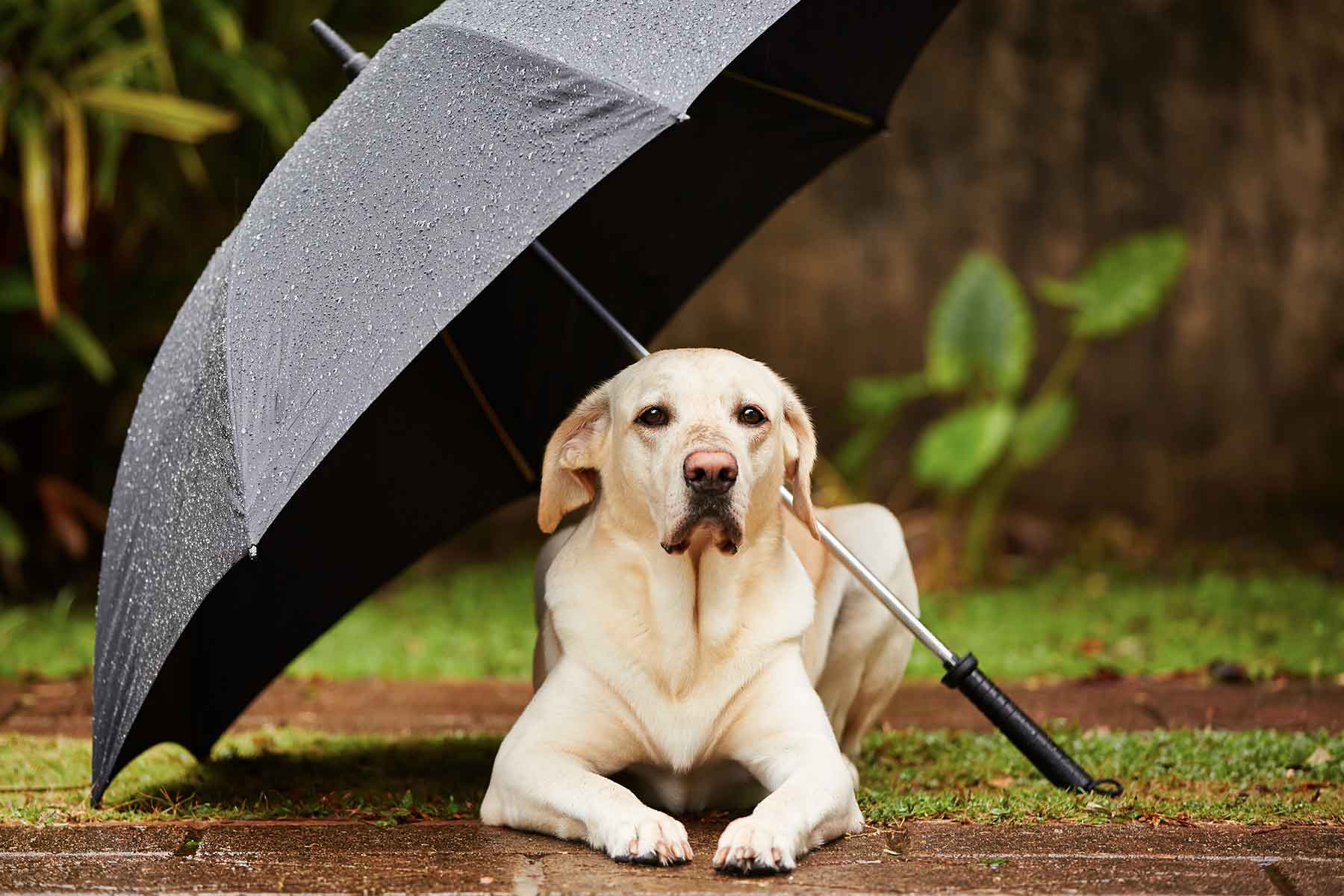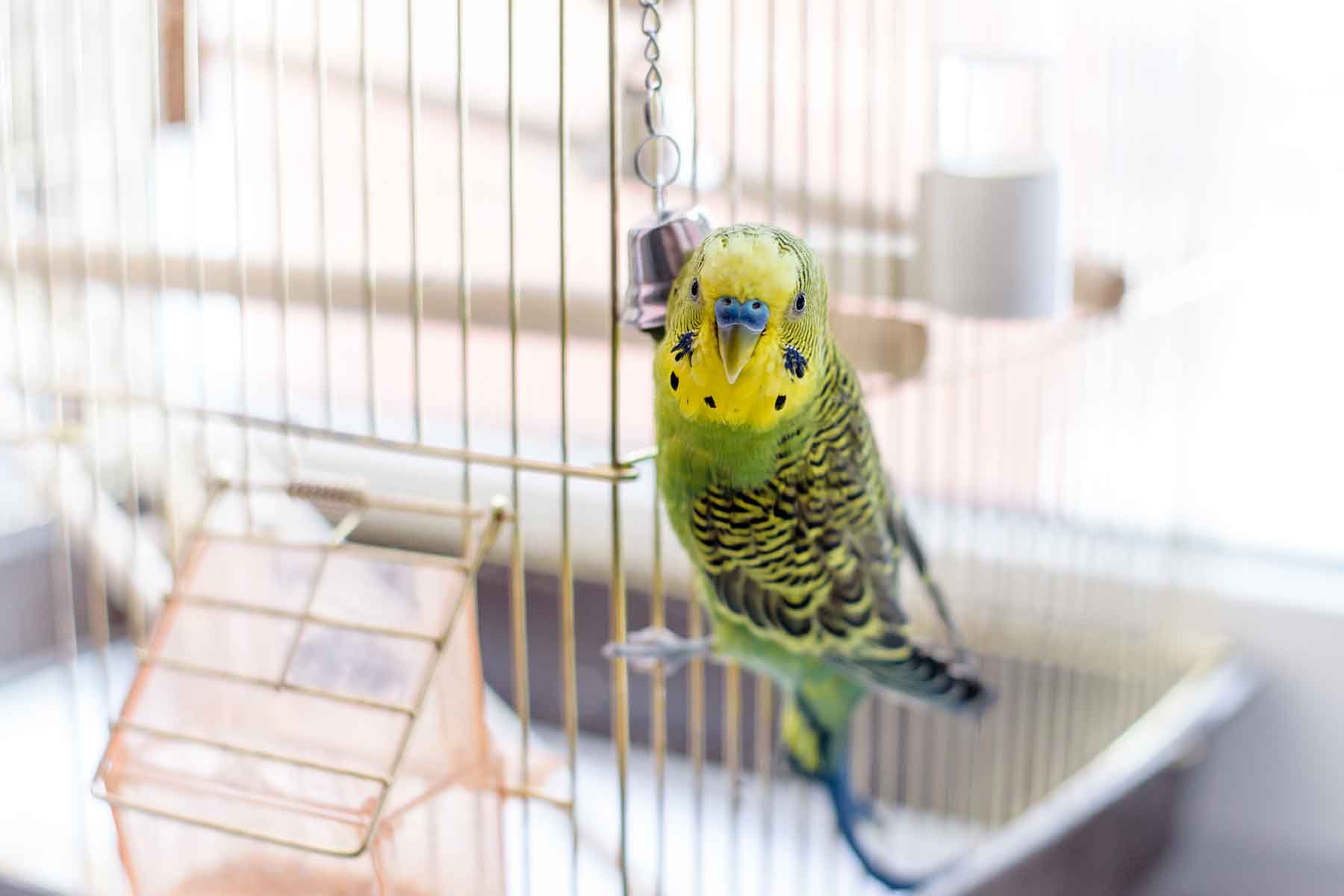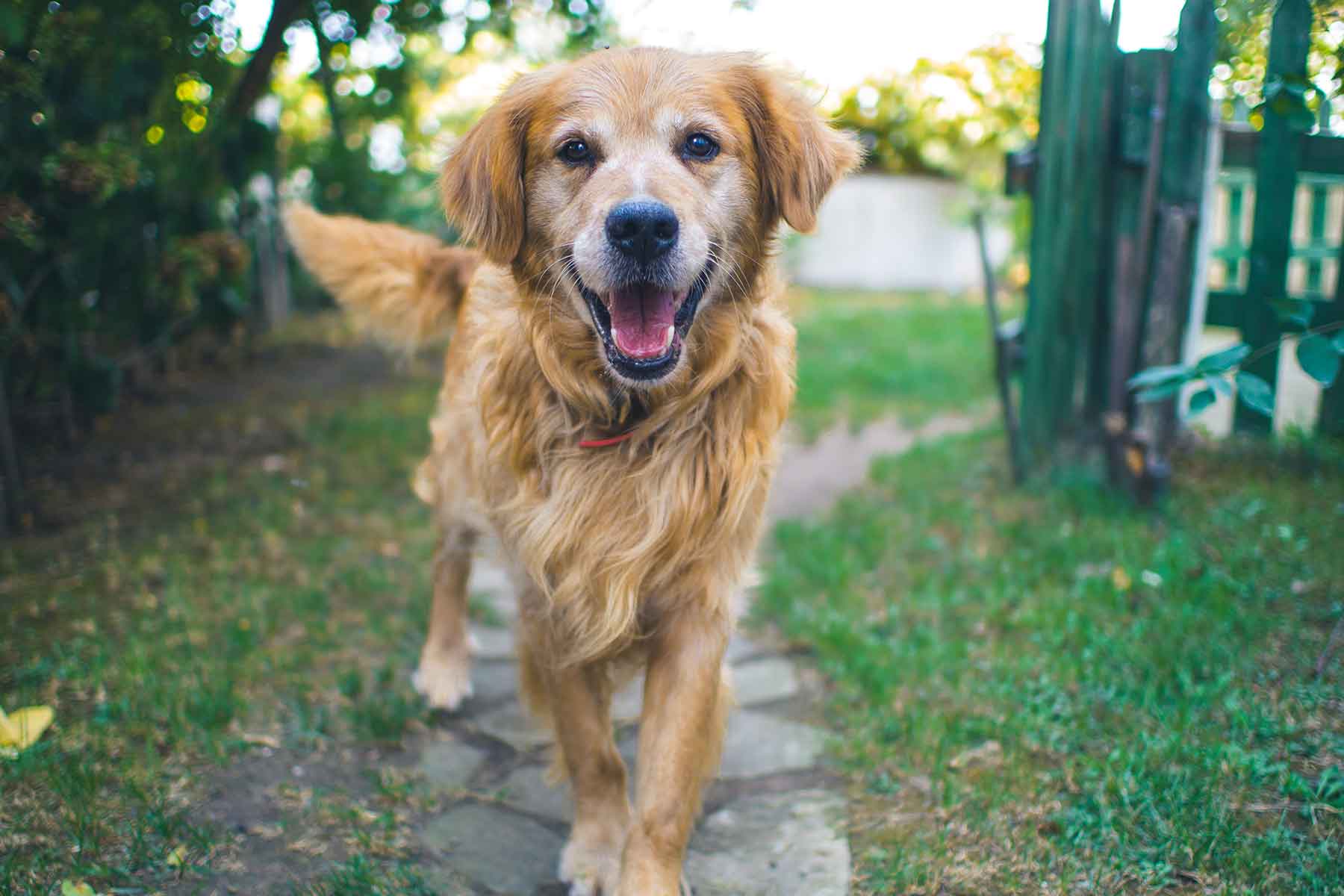Transporting your pet on long trips in the car requires planning and organisation well in advance of your intended departure date. To assist you in your planning here are some recommendations for you to follow.
About your pet
Your pet must be medically fit to travel. If you are uncertain of your pet’s health, then a veterinary examination is recommended. At this time you can discuss with your veterinarian any specific medical issues or threats that may exist in the area that you are travelling in. For example paralysis tick, cane toads, heartworm and so on. Vaccinations must also be current.
Pets that are very anxious or suffer from car sickness may require medication. This can only be supplied by your veterinarian after a complete physical examination.
Also, it is advisable to compile a list of veterinarians both en route and at your destination in the event of an emergency.
Identification
Make sure that your pet is identifiable with the aid of a microchip and a pet tag displaying a current phone number.
A long ride in the car
Do not feed your pet a large amount of water or food prior to travelling. A small meal given 2 hours before departure is adequate. Provide fresh water and food (if necessary) during the journey. Puppies and kittens will require frequent feeding. Adults will only require food if the journey is longer than 12 hours.
Frequent “pit-stops” are essential (approximately every 2hours).
Keeping your pet safe
Secure your pet in the vehicle. A loose pet is a danger to you and itself. A harness that can be attached to a seat belt or a carrier for a small dog or cat is advisable. It is also a good idea to prevent your pet from travelling with their head out of the car. Even though some pets love to ride with the wind in their face there are many dangers of doing so, including dangerous flying objects and also the possibility that they may jump from the car whilst it is moving.
Avoid heatstroke
A well ventilated or air-conditioned vehicle is important. Attempt to travel during the cooler periods of the day and avoid leaving your pet in the car on warm or hot days. If it is absolutely necessary to leave your pet in a stationary car then park in the shade, keep the windows open and check your pet regularly.
Signs of heat stroke include excessive panting and salivation, breathing difficulties, collapse and seizures. If you suspect heat stroke, wet your pet and travel directly to your nearest veterinarian with the car windows open.
Over anxious pets
If you have an over anxious pet it may be better to consider arranging a house or pet-sitter at home. Preferably somebody who is familiar such as a family member or friend.
Great Reading Material
- Holidaying with Dogs, Sandy Dennis (Life Be In It publication)
- Holidaying with Cats, Kate Harte (Life Be In It publication)
- Dogs on Holiday, Robyn McGill & Ian Gilkes (a guide to holidays in Australia with your dog)
Important Phone numbers
Here are some very handy phone numbers to help you plan a successful trip with your pet.
Pet transport services with cage/ crate hire (Local, interstate and international)
- Dog Tainers – 9355 4088 www.dogtainers.com.au
- Pet Express Transporters – 9453 6287 www.pawsclawsandbeaks.com.au/pet_transport.html
Microchip Records
- Australasian Animal Registry – microchip registration (02) 9704 1450 or 1800 025 461 or visit their website on www.aar.org.au
Vetwest Animal Hospitals
Contact us at anytime for advice on pet travel.
Traveller’s Checklist
Click here to download the traveller’s checklist to help you prepare for your pet travelling requirement.











